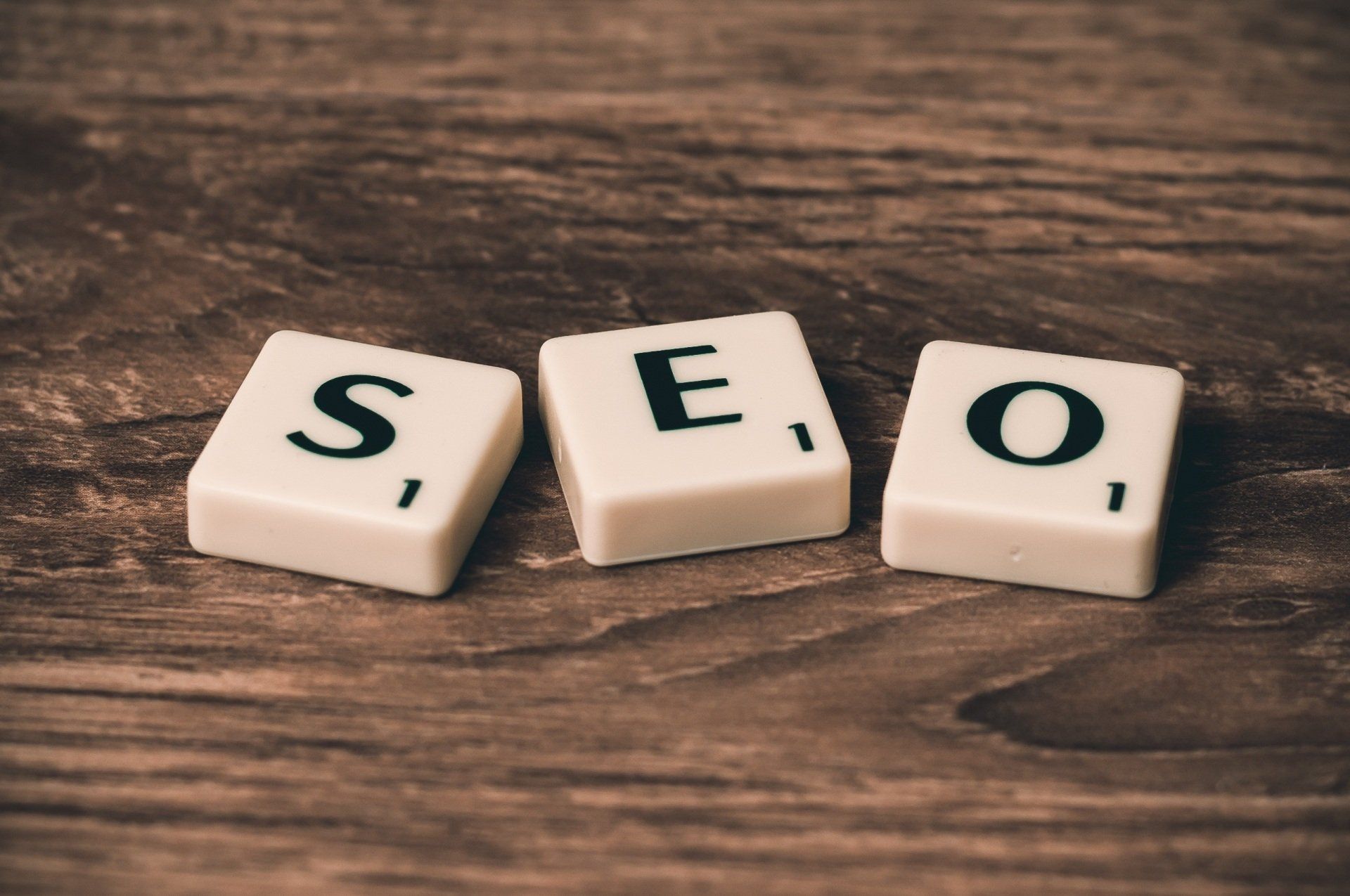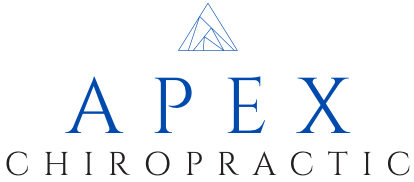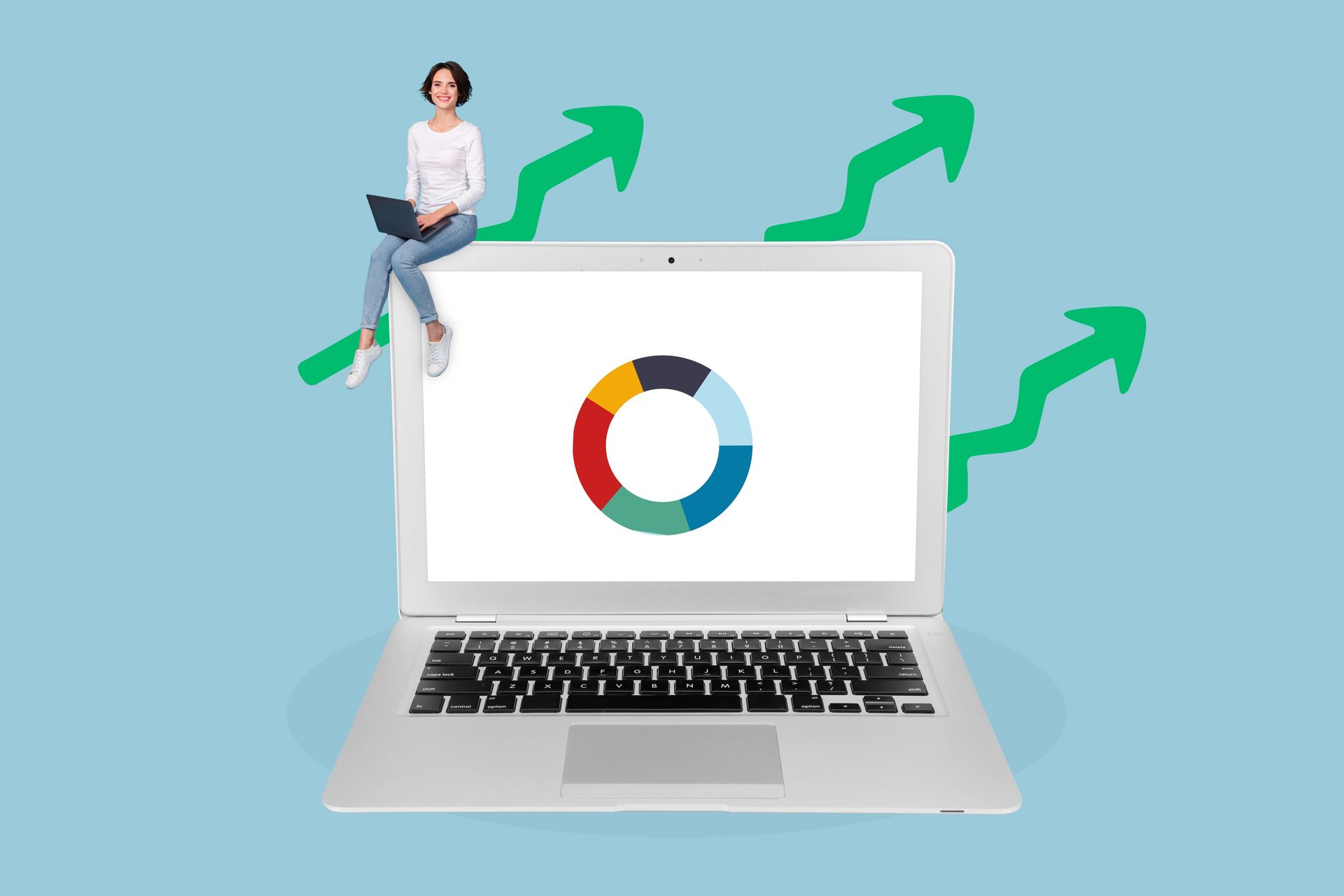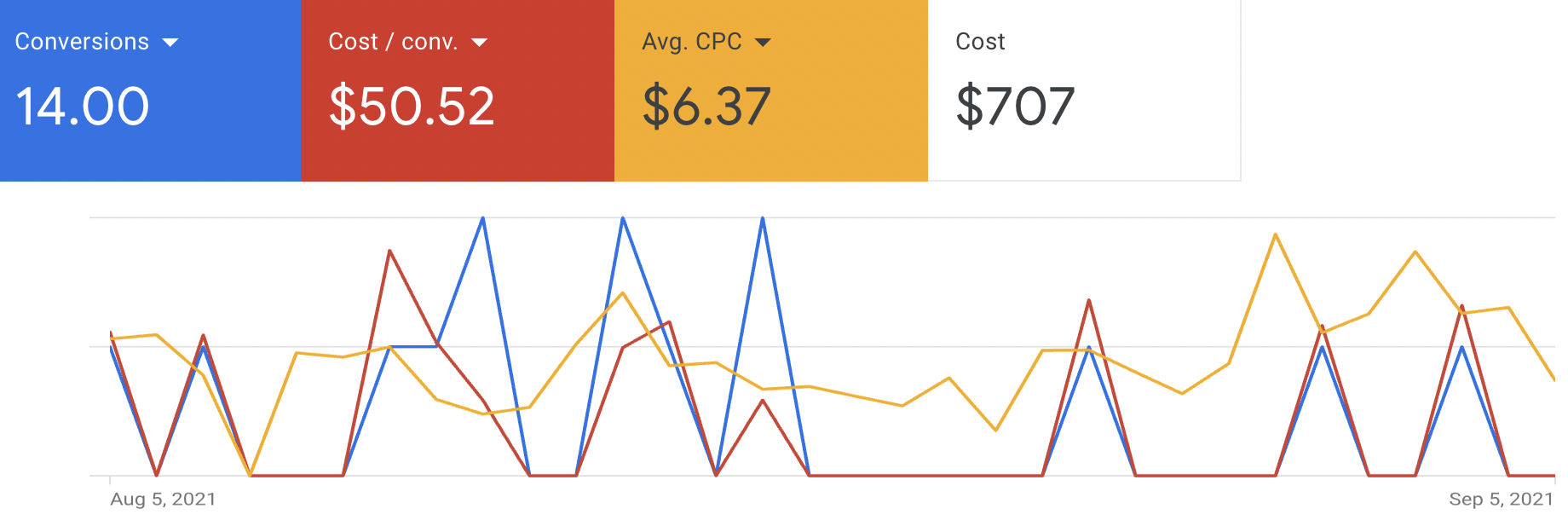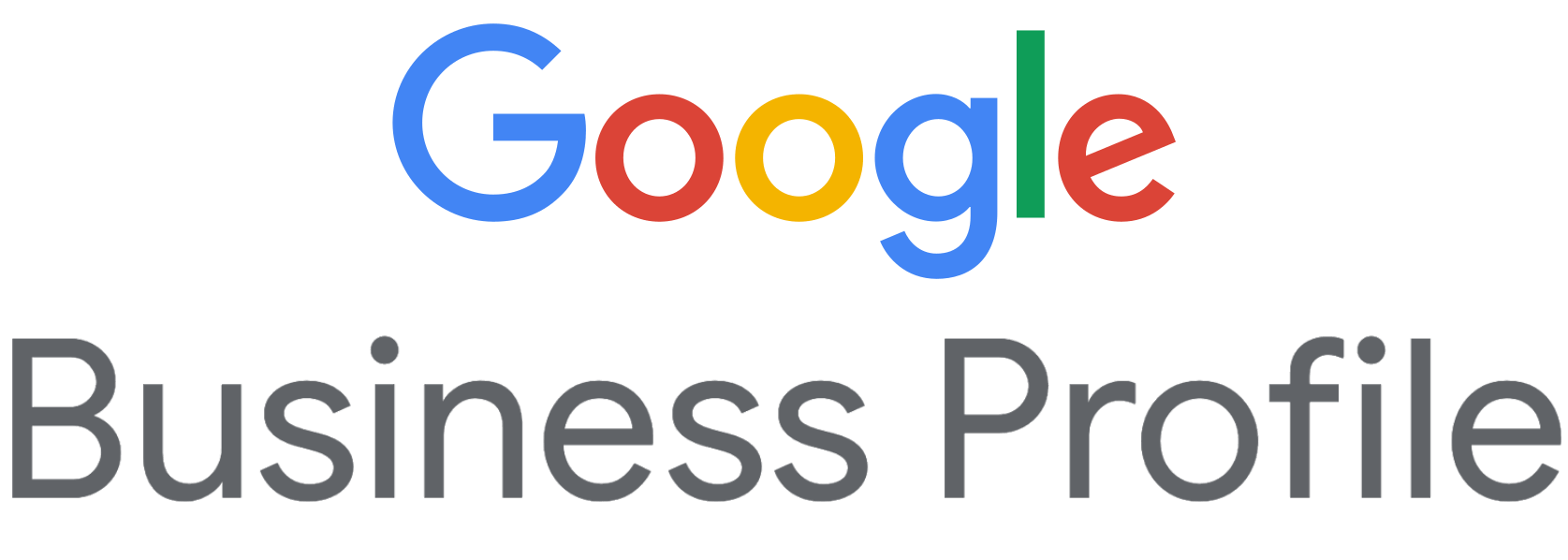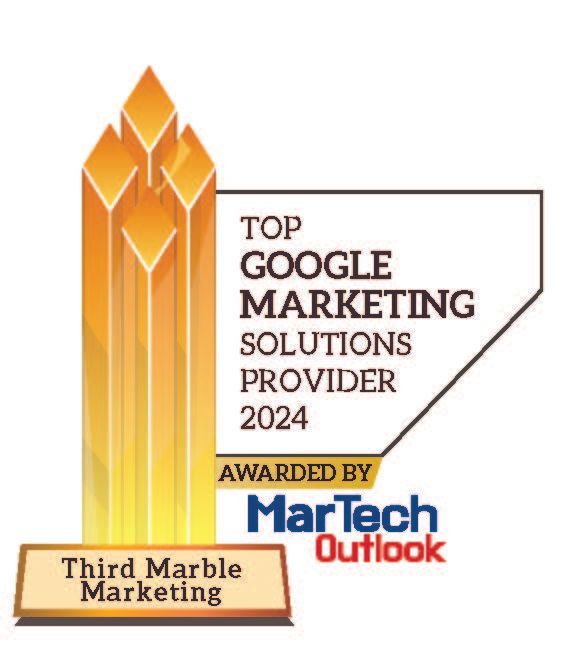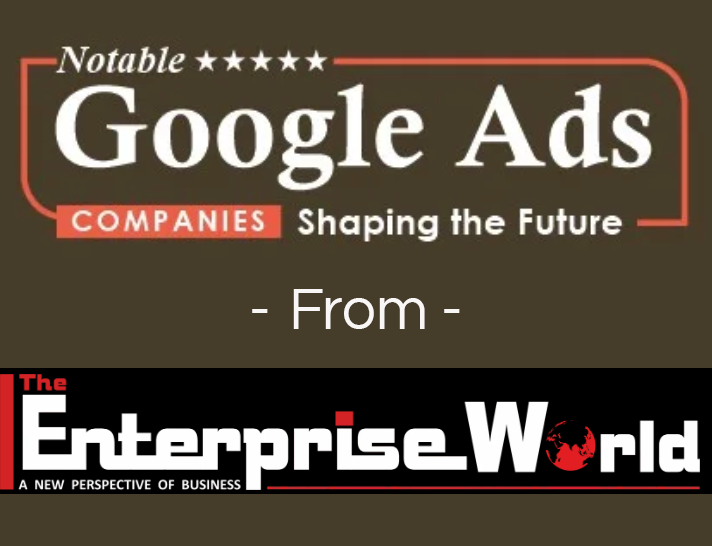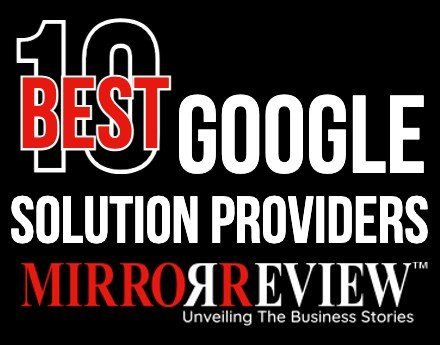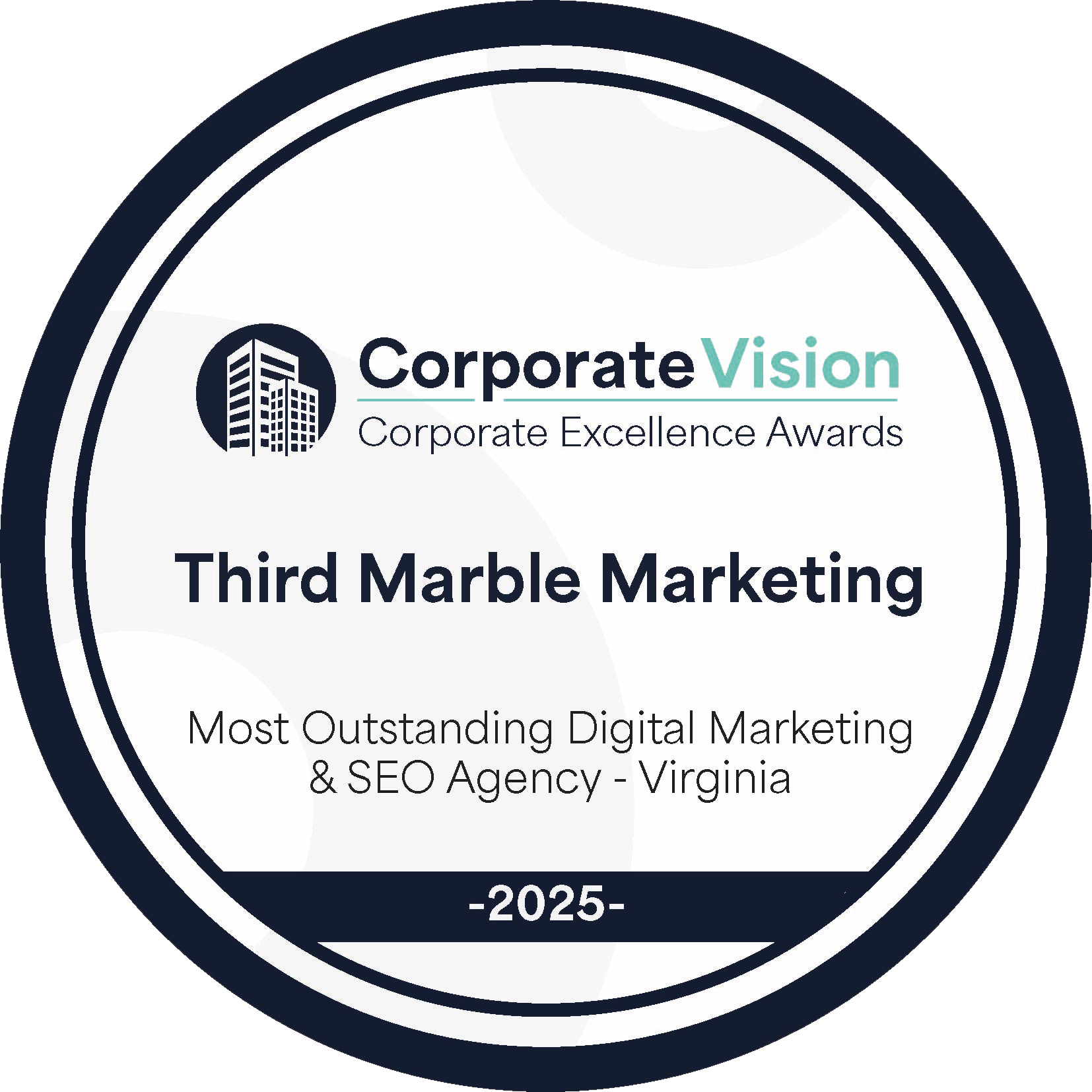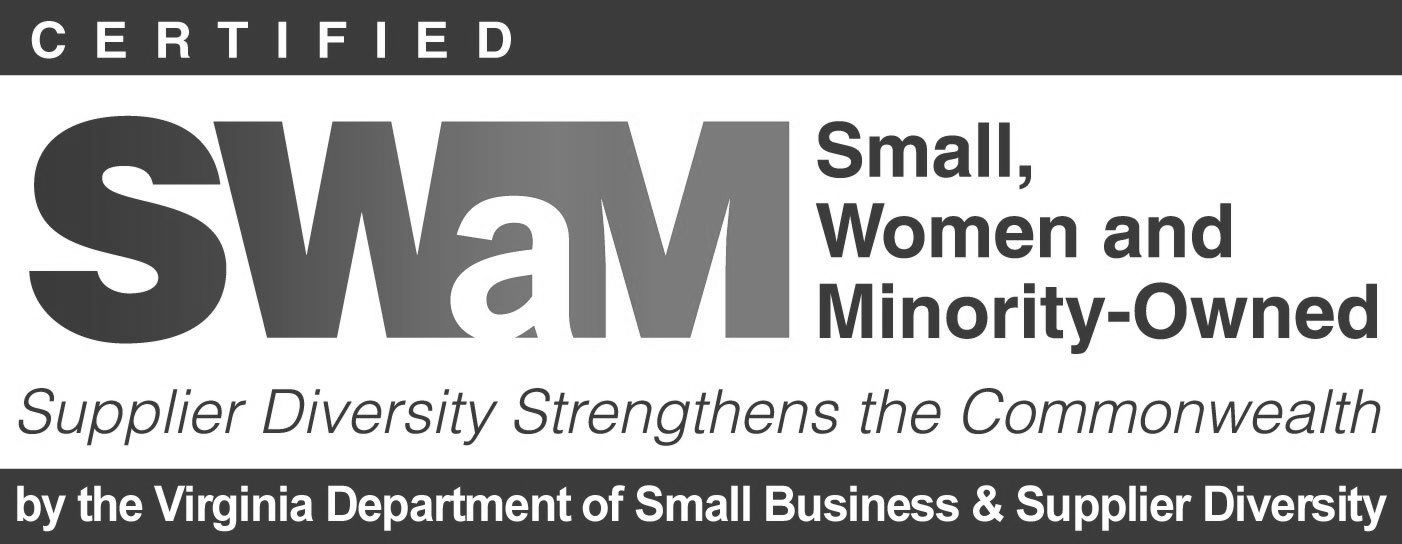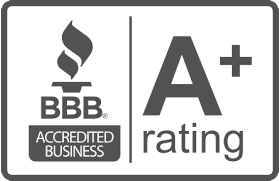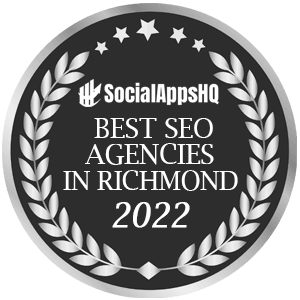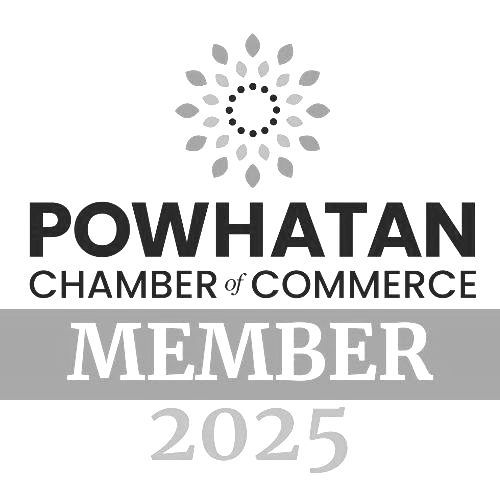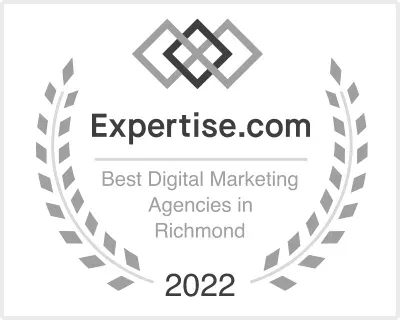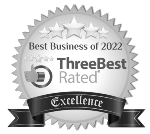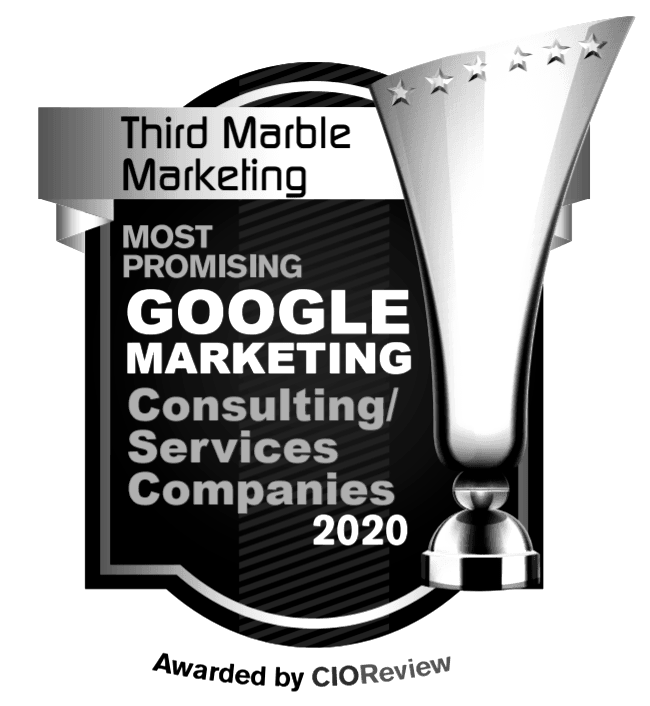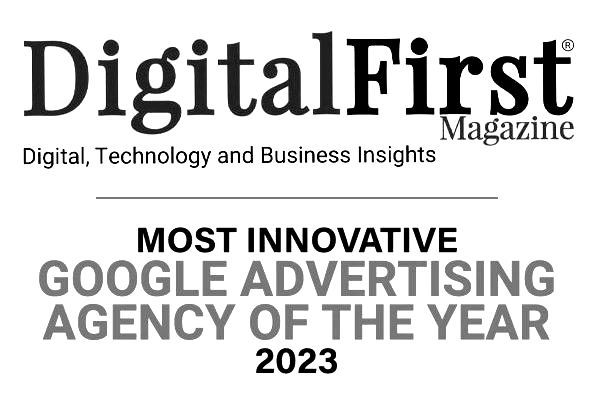Case Study - How The Third Marble Way Increases Leads For Local Optometrists
How Third Marble's Google Ads Management Process Improved Three Different Optometrists Google Ads Results
Like in many industries, locally owned optometry businesses are competing with larger businesses with big marketing budgets. These larger businesses market themselves online as lower cost alternatives with online exams and eyewear subscriptions. For locally owned optometry businesses, it’s more important than ever to get your brand seen on Google. Each click and lead are opportunities to bring in new clients who will return for years to come. This is where Third Marble Marketing and our Process Driven Google Ads Service steps in. We believe in helping small businesses thrive! We’ve tested and honed in our Google Ads Process to help you get more traffic in the digital age that turns clicks into leads so your business can turn those leads into revenue.
The Challenge
As a locally owned optometry business, we focus your Google Ads on the specialized experience, care, and services you provide. We work with you to drive quality traffic to your landing pages, and your branding with clear and attractive messaging. Locally owned optometry businesses feature thoughtful and involved staff, board certified and highly trained doctors, specialized services from dry eye treatments to retina care, comprehensive eye exams, and all of this in a boutique and personalized setting. We work the factors that make your business the best choice into our Google Ads process to get you results!
The Steps
These three locally owned optometry businesses are in different states - Colorado, North Carolina, and Texas. They are all marketing within a 10 mile radius of their physical locations in cities. Since we’ve worked with so many optometry accounts, we know the best keywords and location settings to start bringing in clicks. With the experience, we know what ads tend to work best, but incorporate content that reflects your unique business.
The First Month
Google Ads takes time to recognize your business. By focusing on location, optimal keywords, ad copy, and conversion setup, all three of these businesses brought in leads within the first 30 days.
- The Colorado optometrist had 14 conversions at $50.52 cost per lead with $6.37 cost per click.
- The North Carolina optometrist had 4 conversions at $118 cost per lead with $4.45 cost per click.
- The Texas optometrist had 3 conversions at $292 cost per lead with $0.59 cost per click.
During the first 30 days, our Ads Team carefully monitored and optimized each account. They performed A/B ad testing, monitored keywords, and made the necessary tweaks to help these accounts bring in even better results.
Colorado
North Carolina
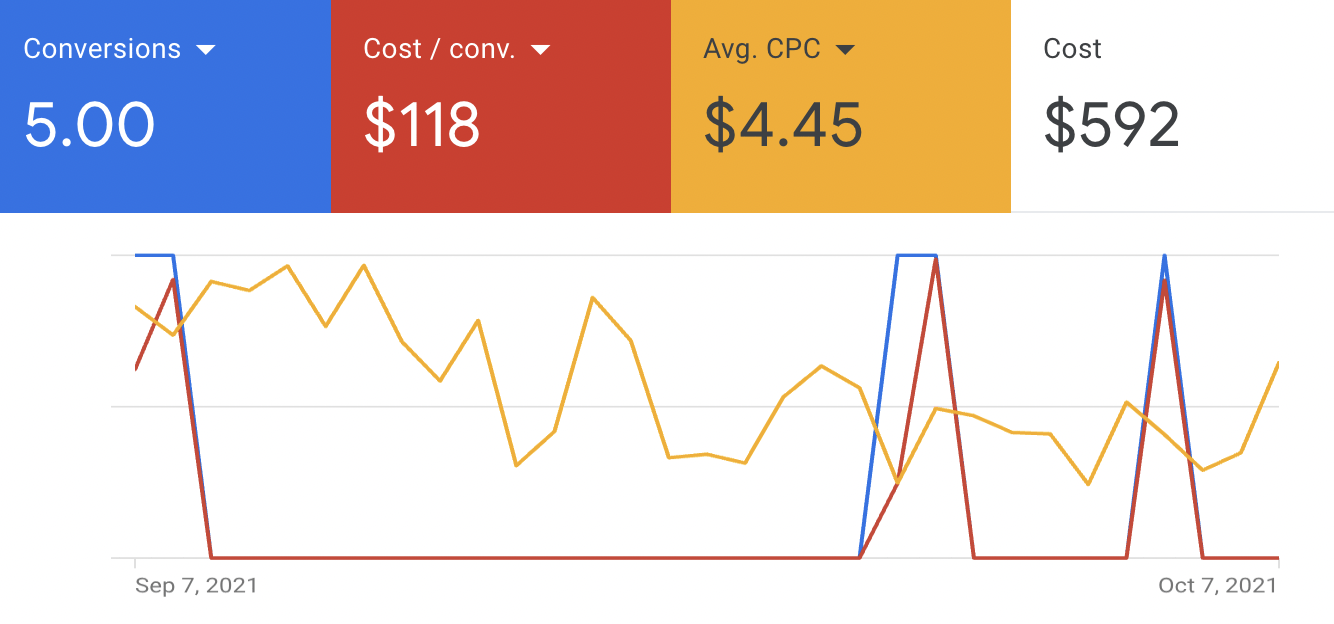
Texas
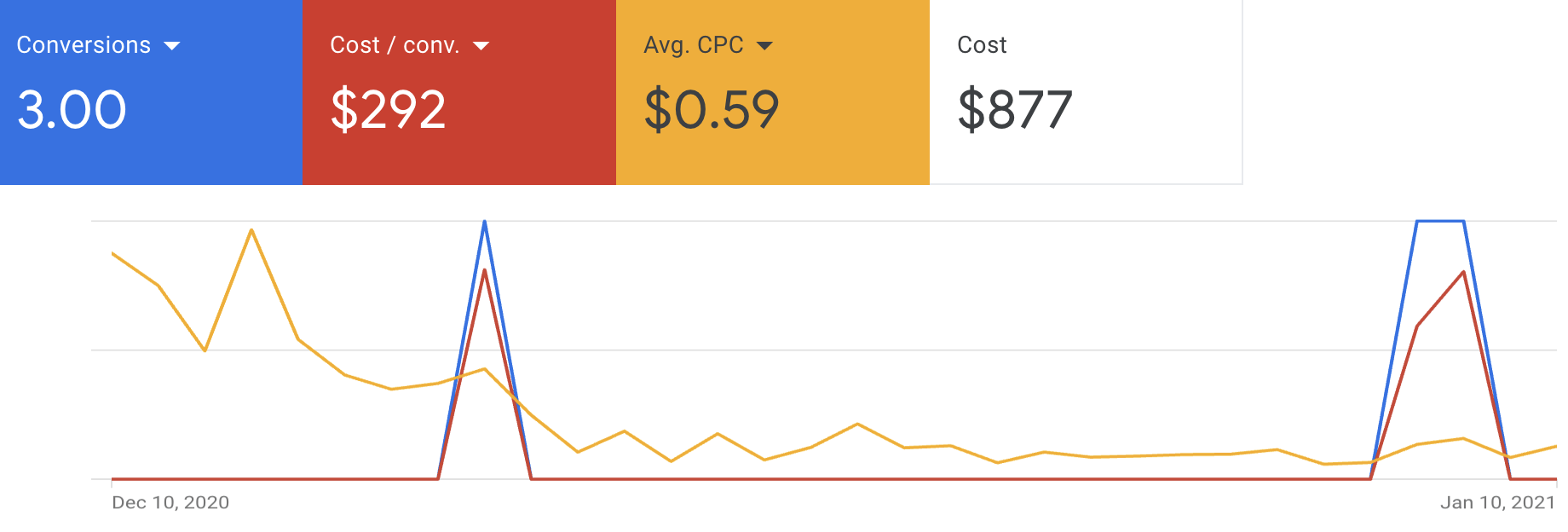
The Third Month
By the third month of Ongoing Optimization, all three of these locally owned businesses saw a rise in clicks turning into leads.
- The Colorado optometrist had 33 conversions at $57.04 cost per lead with $5.88 cost per click. Their cost per lead remained.
- The North Carolina Optometrist had 52 conversions at $32.83 cost per lead with $4.59 cost per click. Their cost per lead significantly dropped from $118 to $32.83.
- The Texas optometrist had 26 conversions at 97.83 cost per lead with $0.57 cost per click. Their cost per lead significantly dropped from $292 to $97.83.
Colorado
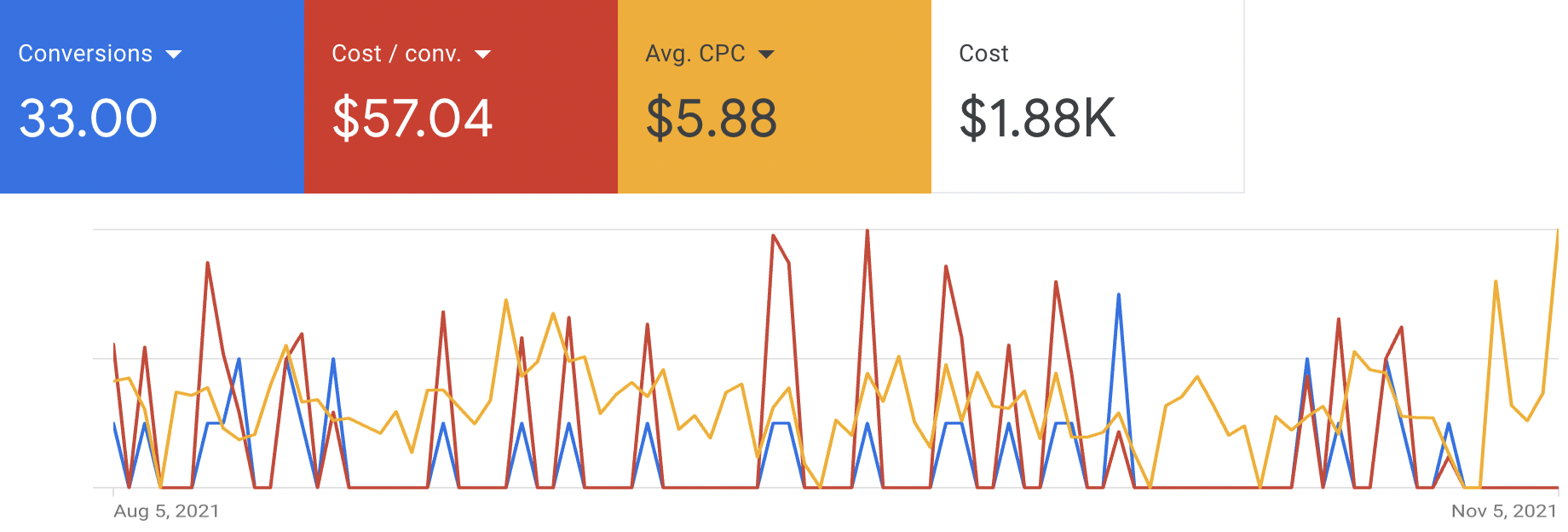
North Carolina

Texas
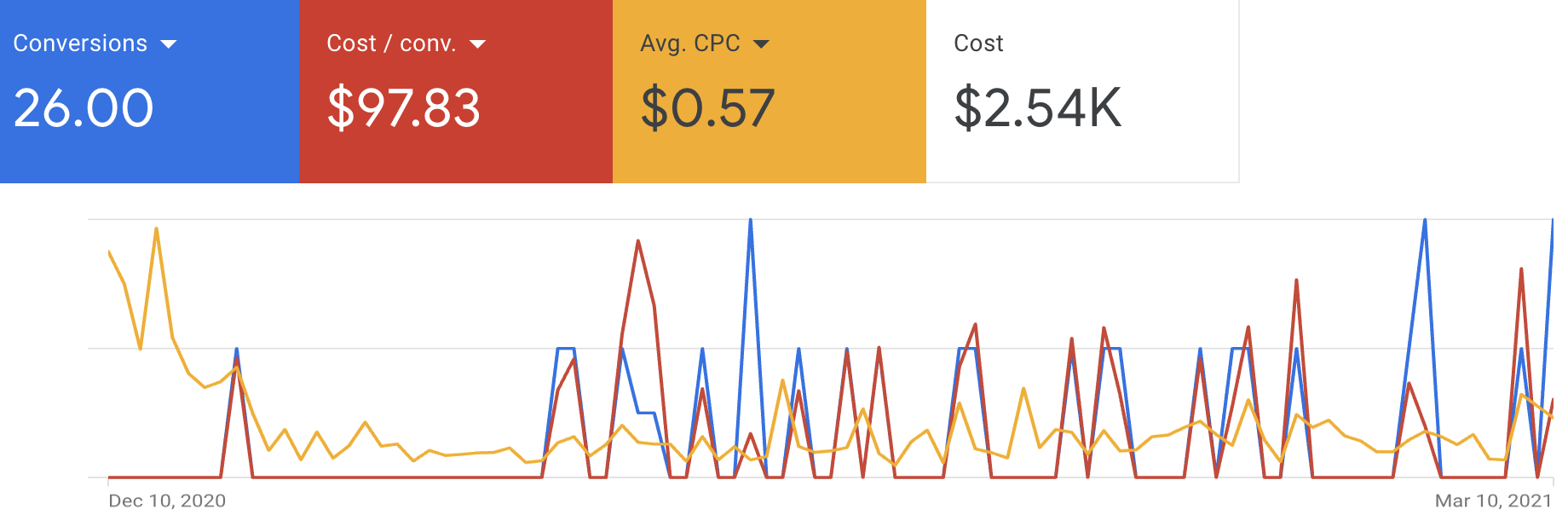
The Now
With time, we’ve continued to help these locally owned optometry businesses bring in great results. Since their initial setup, we’ve continued ongoing optimization alongside working with the clients to identify their goals. Each of these locally owned optometry businesses, we’ve helped encourage major increases in leads and major drops in cost per lead. Depending on factors like location and competition, we sometimes see a higher cost per click. However in these instances, a higher CPC brings in better leads for a significantly lower cost per lead.
In the last 90 days,
- the Colorado Optometrist has 48 conversions at $37.13 cost per lead with $6.60 cost per click. That’s a 45% conversion increase and 35% cost per lead decrease since their original setup.
- The North Carolina optometrist has 67 conversions at $24.47 cost per lead with $3.84 cost per click. That’s a 29% conversion increase and 25% cost per lead decrease from their original setup.
- The Texas optometrist has 68 conversions at $58.04 cost per lead with $1.06 cost per click. That’s a 161% conversion increase & 40% cost per lead decrease from their original setup.
Colorado
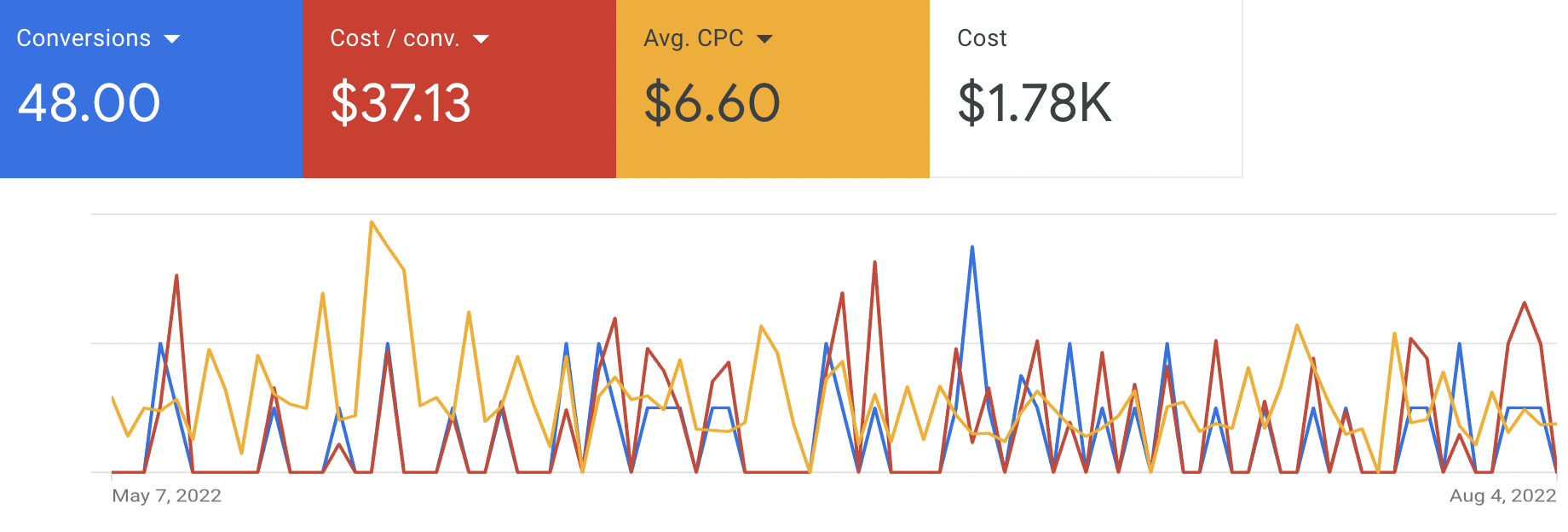
North Carolina
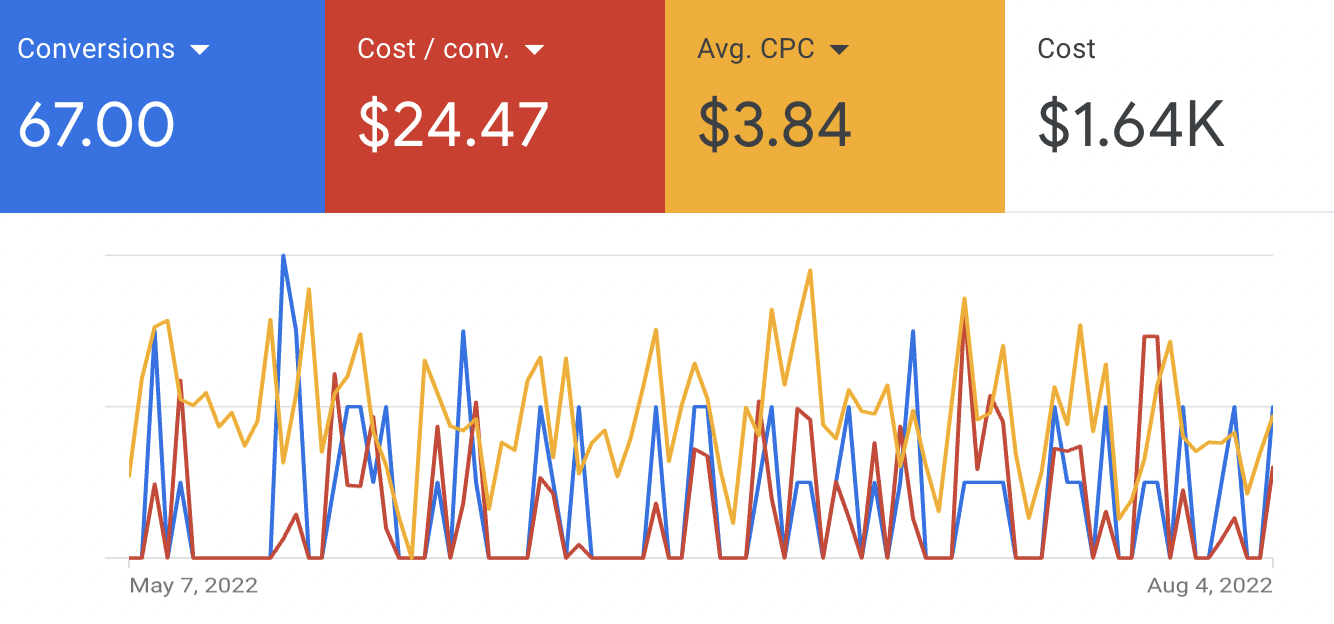
Texas
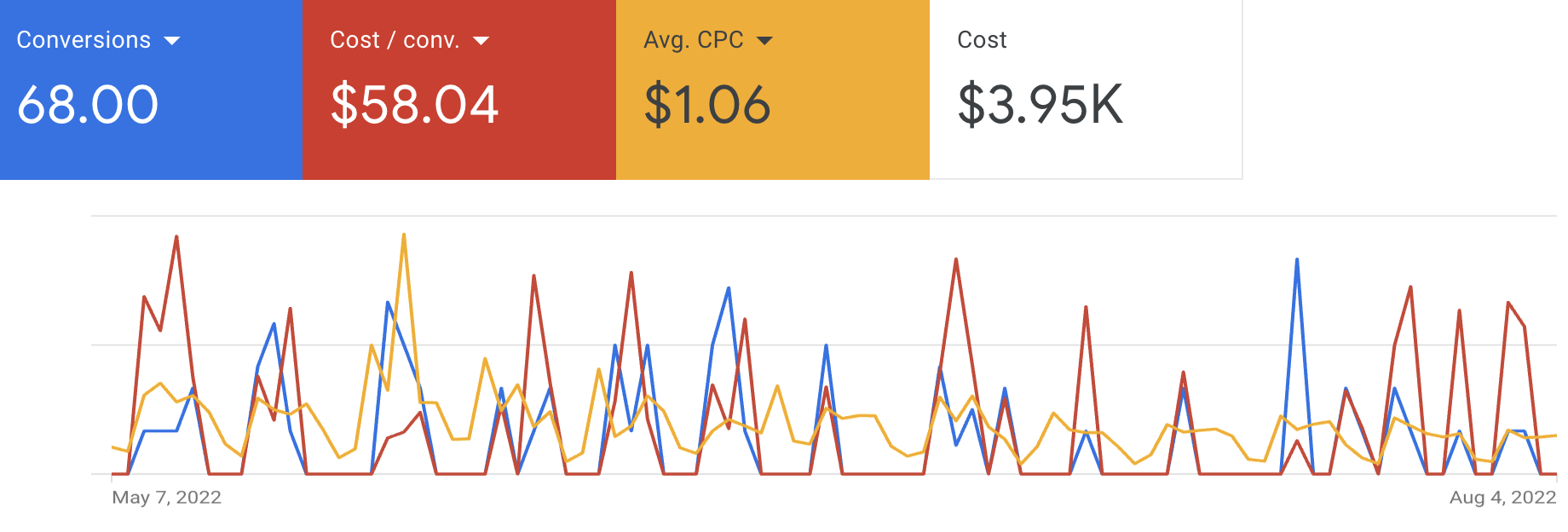
We’re here to help you avoid the pitfalls of Google Ads with our tested and trusted Google Ads Process. If you’re ready to hit your target and invest in Google Ads, schedule a call with one of our experts today!
Could your practice benefit from a 78% increase in leads?
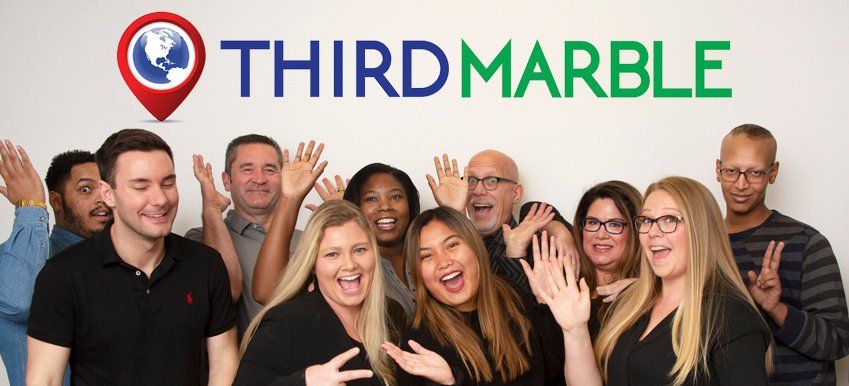
Third Marble Marketing - Google Ads & SEO Tips, Tricks and Case Studies

